The Hidden Places of World War II
The Extraordinary Sites Where History Was Made During the War That Saved Civilization
Jerome M. OConnor
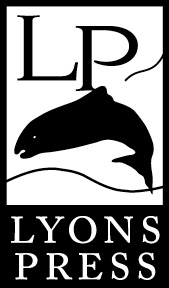
Guilford, Connecticut
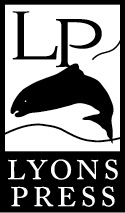
An imprint of The Rowman & Littlefield Publishing Group, Inc.
4501 Forbes Blvd., Ste. 200
Lanham, MD 20706
Distributed by NATIONAL BOOK NETWORK
Copyright 2019 Jerome M. OConnor
All rights reserved. No part of this book may be reproduced in any form or by any electronic or mechanical means, including information storage and retrieval systems, without written permission from the publisher, except by a reviewer who may quote passages in a review.
British Library Cataloguing in Publication Information available
Library of Congress Cataloging-in-Publication Data available
ISBN 978-1-4930-3038-5 (hardcover)
ISBN 978-1-4930-3039-2 (e-book)
 The paper used in this publication meets the minimum requirements of American National Standard for Information SciencesPermanence of Paper for Printed Library Materials, ANSI/NISO Z39.48-1992.
The paper used in this publication meets the minimum requirements of American National Standard for Information SciencesPermanence of Paper for Printed Library Materials, ANSI/NISO Z39.48-1992.
Printed in the United States of America
More than anything, what would you like to do with the rest of your life? she asked one fine day.
I would like to return to journalism, said I.
With decades of experience writing features for print publications, it would be an easy return, so we left it there, but later she had a grander suggestion: Why not expand your previous features about World War II into a book?
The excuses were abundant, but the reasons were few. The seventy-fifth anniversary of the end of historys greatest war approached. If ever a time existed to further explore and discover even more of those history-making placessome of which I had a hand in revealingthe time was now. In writing a book I could tell new stories of heroism and sacrifice, enlarge the descriptions of failed plots and enormous misdeeds, and situate them in the actual places where they happened and which I would visit. Best of all, with the world preparing to observe the seventy-fifth anniversary of the end of the war that forever altered history, I could honor those still among us who saved civilization when it was most threatened. That became the principal motivation. So, Nancy with the smiling eyes, wife and partner, this is for you.
Preface
I have been writing this book since I was five years old, although it didnt seem so at the time. I still remember how empty it was in the neighborhood when the young men went to war. In our immigrant block in Chicagos South Side Englewood neighborhood and throughout Chicago, at least seven boys from every block also went to war. On our block and everywhere in America, there were banners in windows with blue stars or gold stars. The blue represented the sons, brothers, or fathers who had gone to war. The gold were for those who would never return. Blue flags were in many windows in my Paulina Street neighborhood, but there was also one gold star. I had so much sorrow, or perhaps it was fear, for what lay behind the lace curtain of the window with the gold star, that on the way to the corner candy store I crossed the street to avoid disturbing the grieving family inside. The other kids who played sewer-cover stickball or jumped rope were also silent near that bungalow. The thought of it never left me. Maybe the desire to someday tell the stories started then.
As a child I knew that something very big was happening, and, yes, it was a war, but I couldnt understand it for the history-changing epic it became. That took years more. But the need to learn about the war, and later to find and enter the same places where history was made, began on the streets of my multiethnic Chicago block.
What you will read is real, and, as with most true events, some of those who brought them about had feet of clay, while others rose to the challenge that would make them great or infamous. Every chapter describes a person or a place or actions that changed the history of our time. As one who has long sought out the places where epochal events happened, I have had a need if not a compulsion to give life to history by connecting from then to now the same places where the decisions were made. That helps otherwise dry history come alive.
Enter Churchills Cabinet War Rooms as I saw them years before they were made known to the public. See where the Ultra secretthe breaking of the Enigma cipherbrought Nazi Germany to its knees and meet a secret lady who kept the secret of the century. Survey the same London mansion where fifty-nine Nazi generals were confined in surprisingly generous conditions, but with a reason. Experience the greatest collective ruins of the European warthe U-boat bases in Franceand learn why relentless Allied attacks failed to destroy them. No need to imagine what it was like then as you walk with me now to view six square miles of monolithic Nazi structures and parade grounds in Nuremberg. Enter the mansion in Portsmouth, England, where General Eisenhower made the wars greatest decisionwhen to invade Europeand made it under great stress. Every chapter has such discoveries.
It must be said that the war could not have been won without American participation, which includes millions on the home front who made the war goods that brought about the victory. Their story will also be told.
I especially enjoyed exploring the remains of some of the scores of former US Army Air Force bases in England and walking the same runways to view remains of control towers, barracks, and buildings. The Eighth Air Force had ten times the losses of US ground forces, as will be described in chapters that will take you on perilous missions that began from the same bases that time and tourism forgot. Over the years I interviewed participants in various battles, with their stories incorporated in the retelling.
I have attempted to dig deeply into the history of our time by connecting the past with the present from inside and near the same places where history happened. I hope I have succeeded.
Jerome M. OConnor, Elmhurst, IL
Introduction: The Last Days of Peace
Wir Werden weiter marschieren
Wenn alles in scherben falt
Denn heute gehort uns Deutschland
Und morgen die ganze welt.
We will march on
Even if everything breaks into pieces
Because today Germany belongs to us
And tomorrow the whole world.
Hitler Youth marching song
GermanyOnce Again Ready for War
Anticipating the beginning of the war in its immediacy if not on the actual day, at dawn on August 19, 1939, fourteen U-boats slipped their lines in Kiel and Wilhelmshaven for preassigned patrol sectors in the North Atlantic. The next day, U-30 and U-27 also left Wilhelmshaven for the soon-to-be-target-rich waters of the North Atlantic. The orders from Grand Admiral Erich Raeder, commander-in-chief of German naval forces, were to wait for his command to launch what Churchill called the Battle of the Atlantic.
Almost twenty-five years earlier on July 29, 1914, from the new Telefunken-operated 823-foot-high transmitter at Nauen, Germany, the Admiralty sent the same message to all German-flagged ships. Come immediately to home or friendly ports. Intercepted by Room 40 British intelligence wireless operators in Londons Old Admiralty Building, and by Marconi Company operators on scores of ships at sea, the message received no immediate action. Three days later, on August 1, 1914, France ordered a general mobilization as the first German units crossed into Luxembourg and then neutral Belgium. On August 4, Great Britain declared war on Germany. That same day the United States promptly declared itself as neutral. A quarter-century later, history, as often happens, was about to repeat itself.
Next page
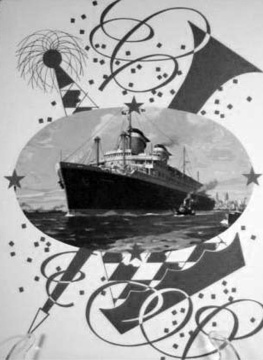


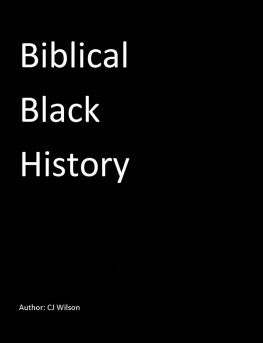
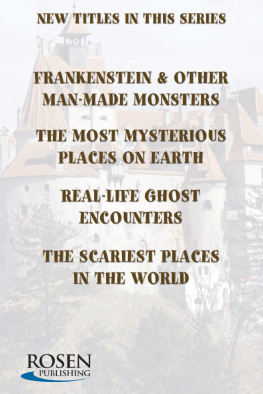
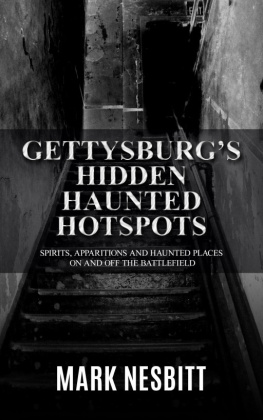
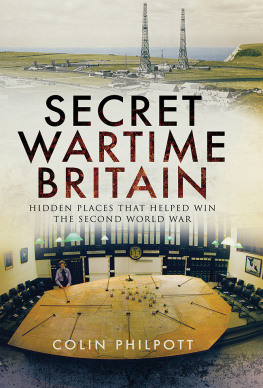

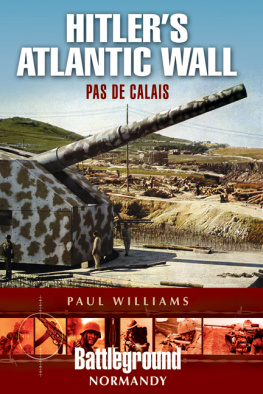
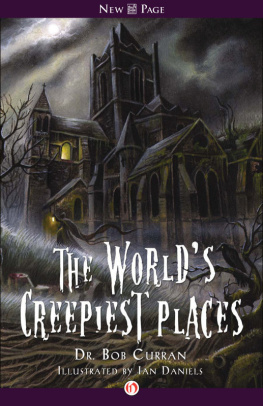
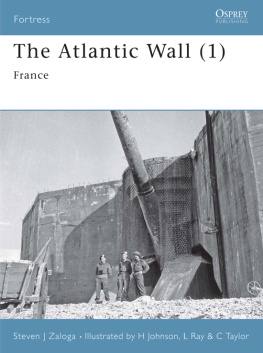


 The paper used in this publication meets the minimum requirements of American National Standard for Information SciencesPermanence of Paper for Printed Library Materials, ANSI/NISO Z39.48-1992.
The paper used in this publication meets the minimum requirements of American National Standard for Information SciencesPermanence of Paper for Printed Library Materials, ANSI/NISO Z39.48-1992.